Blurry Line
Machine Learning, Generative AI, Research, Human-Interaction Design, Visual Design
A speculative design experience, illuminating the challenges of human visual perception in distinguishing reality from artificial creation, prompting critical reflection on our perception's reliability in an AI-driven world.
What are the boundaries
of human perception in distinguishing real from artificially generated?
In an era where artificial intelligence and machine learning have revolutionized image generation, this project delves into the depths of human perception, questioning our ability to discern between real and AI generated images.
Can humans reliably distinguish between real and AI-generated images?
How do technological advancements blur the boundaries of perception?
By pushing participants to the limits of their visual acuity, this project sheds light on the intricate interplay between human cognition and technological innovation.



At the heart of "Blurry Line" are three iconic paintings — Mona Lisa by Leonardo da Vinci, Starry Night by Vincent van Gogh, and Under the Wave off Kanagawa by Katsushika Hokusai. These masterpieces serve as familiar visual stimuli, allowing participants to draw upon their existing knowledge and perceptions.
RESEARCH
In the project, two versions of each painting are overlaid — one original and one AI-generated — while adding a layer of noise to eliminate the reliance on focusing on the details. Each version is visualized with either the red or blue color to highlight the difference. Participants engage with the artwork using a monocular device, prompting them to closely examine and identify which version they believe to be real or AI-generated.
The visual designs are accompanied by text that explains the interaction and the experience. This text was generated using ChatGPT, prompted by research findings and the overall design approach of the project.
DESIGN PROCESS
Research has demonstrated that individuals can hone their ability to identify manipulated images by employing a structured method, such as conducting a meticulous analysis of image components, often achieved by zooming into details. This systematic approach enables individuals to reveal subtle anomalies that may suggest digital manipulation, thereby improving their overall capacity to distinguish between authentic and altered imagery.
This method serves as the current approach for discerning between AI-generated and human-made images. To challenge this strategy and foster a deeper understanding of the complexities involved, further design decisions were made to craft “Blurry Line”.
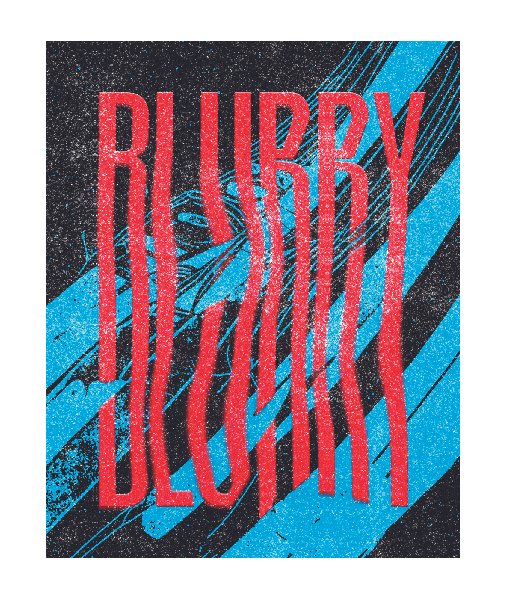
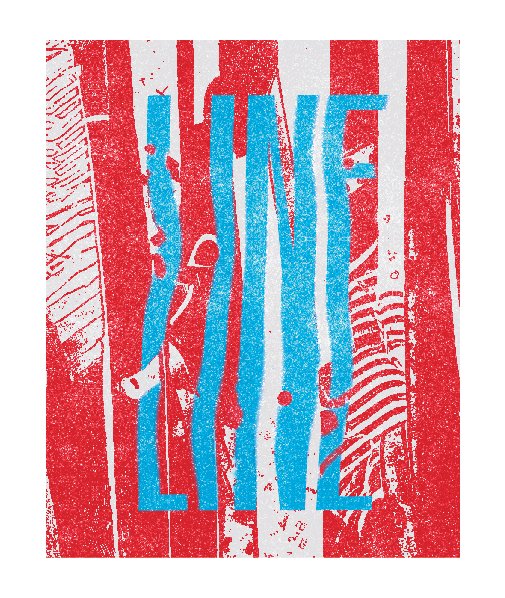

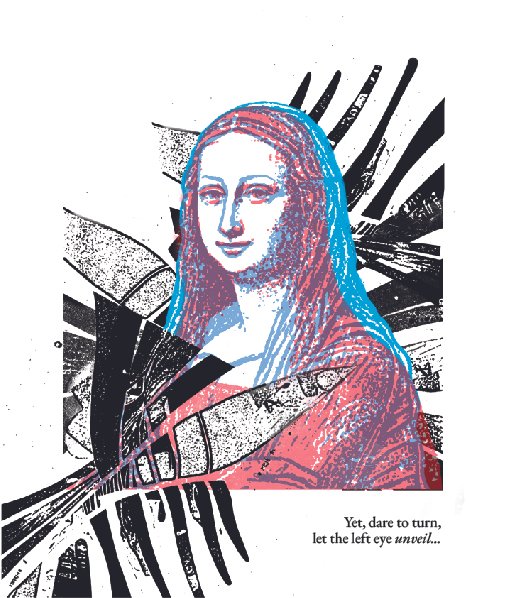
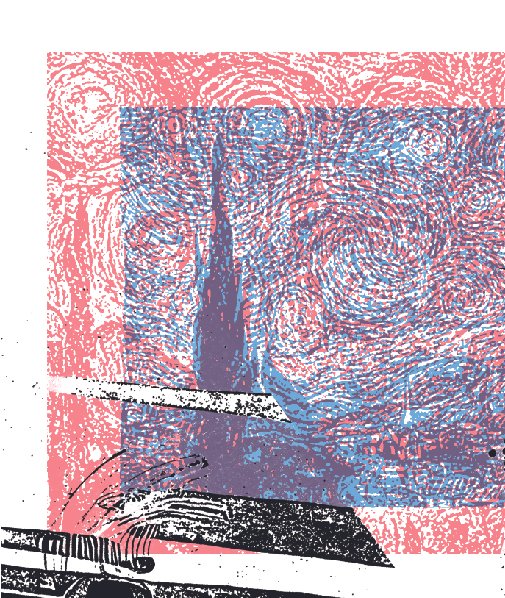
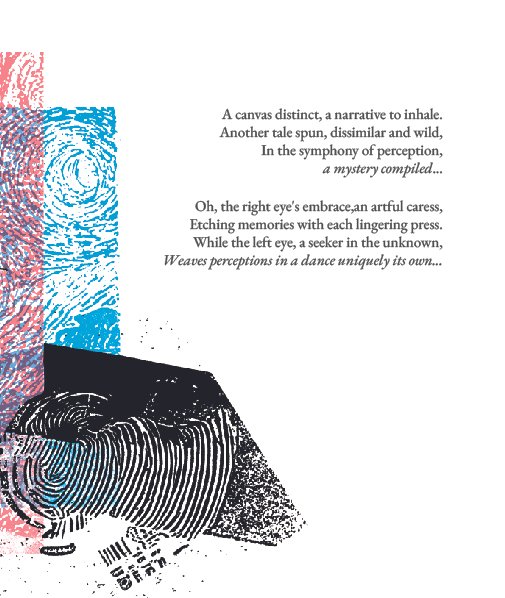
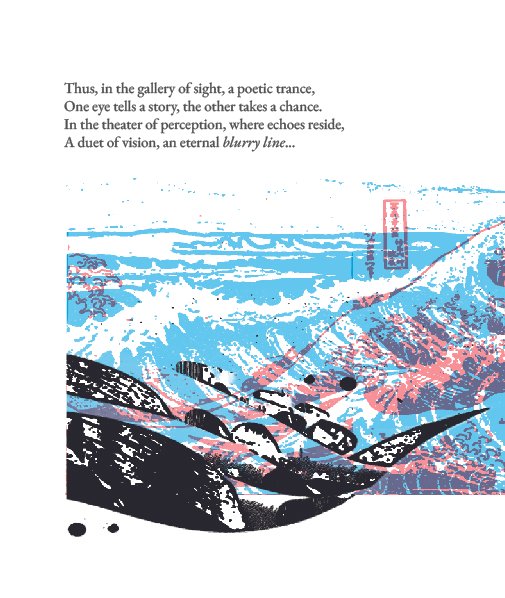
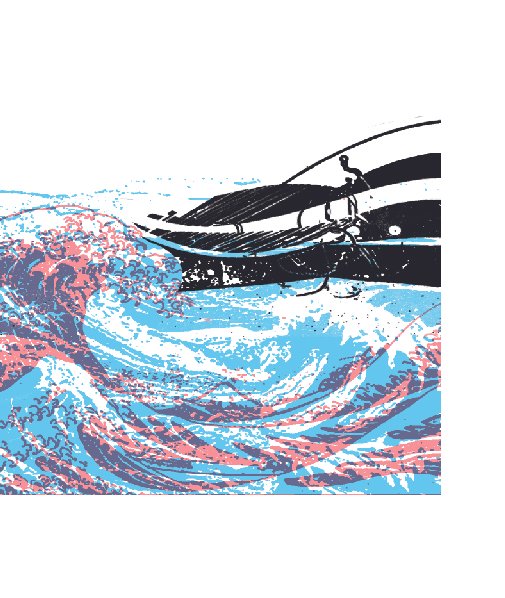
THE
INTERACTION
The participants were given two colored monoculars and instructed to view the images with one eye and one monocular at a time.
The low success rate among participants in finding the correct match suggests that in the near future, human perception systems may struggle to differentiate between these images. Consequently, additional tools may be required to keep pace with advancements in generative image technologies.





